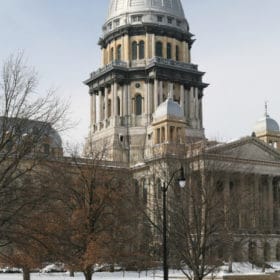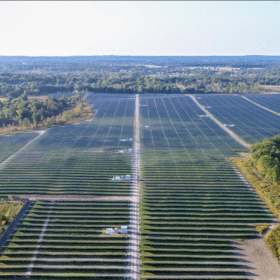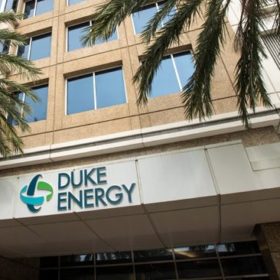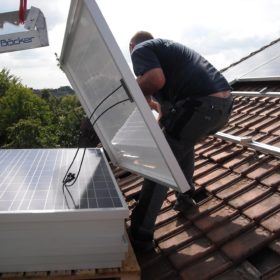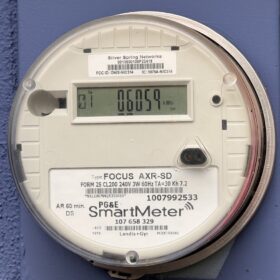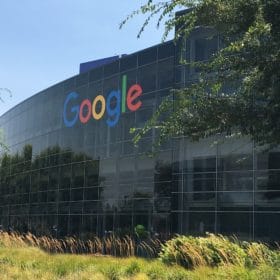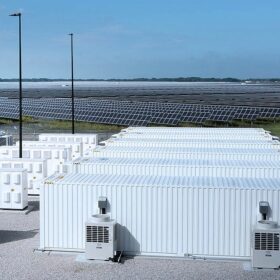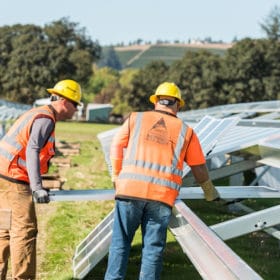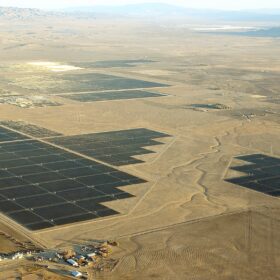Proposed bill that could gut California rooftop solar draws fire
The bill would significantly cut net metering rates paid to rooftop solar customers, and also revise long-term rates and other protections that were promised to existing rooftop solar customers.
A cliff-hanger as Illinois edges closer to passing desperately needed energy legislation
J.B. Pritzker’s Consumers and Climate First Act has taken center stage, with renewable advocates desperately trying to pass some sort of legislation before the state’s solar market is damaged beyond repair.
Sunrise brief: LG Energy Solution to replace problem li-ion energy storage batteries
Also on the rise: Duke Energy starts work on Speedway Solar near Charlotte, a Connecticut energy storage bill advances, and Guzman Energy signs a PPA for a Colorado solar plant.
Alliance formed to push for increased community access to solar
The Alliance aims to support the passage of two bills intended to make community solar legal in Michigan.
Community solar brownfield project enters service in New Jersey
The 3.1 MW installation on a closed landfill will power up to 700 households with clean energy, dedicating 55% of its capacity to low- and moderate-income subscribers.
Duke Energy to halt electric shutoffs in extreme heat, hurricane conditions
The agreement follows negotiations with Vote Solar, the CLEO Institute, and Southern Alliance for Clean Energy, as more than 20,000 Duke Energy Florida customers are reported to behind on their electric bills.
Solar 101: How to find … and evaluate … a solar contractor for your rooftop project
A well-designed rooftop solar system should last 20 or 30 years, or longer. This guide for choosing the right contractor should help ease your concerns.
South Carolina regulators save net metering, reject Dominion’s proposal
Regulators agreed to keep net metering in place while transitioning to Dominion Energy’s existing time-of-use rate schedule for new solar customers.
SEIA releases tool aimed at increasing solar supply chain transparency
The document is written to have “universal application” across product lines intended for export to the U.S. market, and is expected to be adopted by equipment manufacturers and U.S. importers.
Cincinnati launches a group bulk-buy campaign to boost residential solar access
The city’s Office of Environment and Sustainability is working to expand rooftop solar access to minority citizens and increase distributed generation equity.

